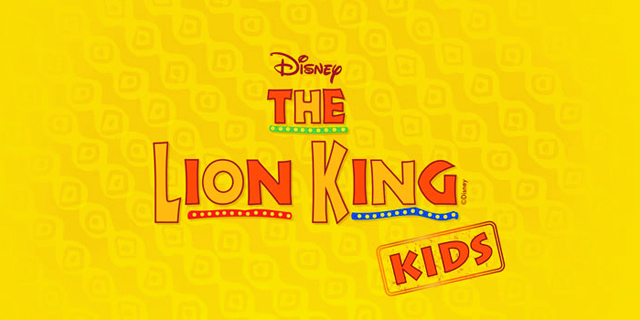PIERCING THOUGHTS: Ready to put new leadership knowledge to work
Published 6:00 am Friday, November 10, 2017
I was lucky enough to be able to attend some fabulous training last week and wanted to share some of what I learned. The training was a version of “coaching for leaders,” but the point was made early on that we are all “leaders” in some facet of our lives. So, if you are a business leader, parent, spouse, teacher, butcher or candlestick maker, the lessons apply. The gist of the program was that, as leaders, we have opportunities to help not only ourselves, but others improve their lives.
Trending
The program taught around an “energy chart,” which reminded me of Maslow’s hierarchy of needs. If you remember Maslow’s pyramid, the base need was physiological, followed by safety, love and belonging, esteem, and finally self-actualization at the apex. Maslow’s theory, if I remember correctly, was that we fill our basest needs first then work our way up to self-actualization.
In comparison, the energy chart was all about how we perceive ourselves and our worlds. There were seven levels of energy, each with an attached core thought, core feeling, and action or result. The first level core thought was “victim,” with an attached core feeling of apathy. The seventh level core though was “non-judgement,” with an attached core feeling of absolute passion. The result of hanging at level one was lethargy and the result at level seven was creation. The law of attraction was present and accounted for – our core thoughts create our reality. By increasing our level of energy, we have the freedom to change how we experience our lives.
The training taught that, by asking powerful, open-ended questions, we can help ourselves and others search for answers to problems and open up new possibilities. This is an admittedly very basic description of the process, but the idea is to ask yourself (or your managers) to ask questions and then listen (and shut up) rather than telling people what to do.
In our busy, distracted, and goal driven world of work today, it is seemingly much quicker to tell employees (or children) what to do. But this has consequences – employees become dependent on managers and fail to learn. At the same time, they can struggle to have value and meaning in their work, a demand more and more apparent as the millennial generation makes its mark in the work world. There is not only personal value in being engaged with our work, but real business value – productivity is heightened and turnover lowered.
According to a 2016 Gallup News poll, 32% of U.S. workers considered themselves “engaged.” The majority (50.8%) of employees were “not engaged.” Horrifically (especially if you are running a business), 17.2% of workers considered themselves “actively disengaged.”
Having instinctually known for some time that the best training programs are rich learning experiences that tap into employee interests, passions and goals, I can’t wait to put my new knowledge to work!
Trending
Christina pierce is publisher of The Daily Iberian





